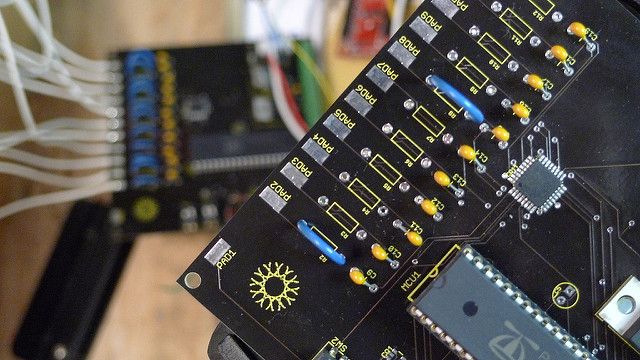The Value of Prototyping

This article originally appeared in Inventor’s Digest on September 12, 2017 as “The Keys of Prototyping“.
The key value in prototyping to the best of your ability– meaning where it looks, feels and operates as close to what you would release into the market– is very important when planning to visit investors, manufacturers or licensing agents. It’s important because, without a good model, the value of the product you’re trying to sell can be diminished. Without a prototype, a licensing agent or investor won’t truly believe in your product the way they might with a working prototype. If they don’t believe in the product, they won’t send you on to the next stage with your invention: and remember, you only get one chance to make a great first impression, so you want to put your best foot forward.
Oftentimes, people will go into an investor meeting with something that looks like it was built from parts bought at their local home improvement store. While not inherently bad, the product will lack the fit and finish an investor is looking for. It’s highly important to produce the best prototype you can. Don’t be discouraged if you go through three, four, five, or even six or more prototypes before you walk into an investor meeting. Even with a more finished product, you may have to go through multiple rounds of investor meetings before someone wants to fund your project– but always have consistent showmanship.
Building the Test Unit
It’s important to build a test unit first to make sure your invention will do what you’re claiming it does. You can build something that looks beautiful, but if it doesn’t work, you won’t succeed. Fit and form need to align as well as function. Prototyping is the best way to test both what looks great and what is a fit for the purpose you’re trying to achieve.
Creating a prototype will allow you to evaluate and test the design before doing a full run of the product. If it’s discovered that a part of the invention doesn’t work, you’ve not wasted time and money on a product that won’t work.
Once you confirm the function of your invention, you can move into creating a consumer-friendly model. Painting, fillers, finish — you name it– can be added to make your invention look the best it possibly can in these early stages.
Prototyping and Market Research
A lot of inventors start off building a prototype in their garage and immediately visit a manufacturer saying they are ready to make the product. Unfortunately, they’ve done no market research so they know nothing about the market they’re trying to get into and have no idea if the market even wants their product.
If you have a clean prototype that works, sending your invention to members of your target market or markets to test the water can be a great way to do some market research. While you can do the research yourself, it is even better to have a third party do it to keep bias out of your results.
When you receive your feedback, don’t try to fix everything. Inventors fall in a trap where they hear what people don’t like and try to fix everything that’s wrong. It’s best to follow the 80/20 rule. If your product helps 80 percent of the market, you’ve got a great product. The best way to figure out if you’re satisfying the needs of the 80 percent is to send your product out and have people in your target market test the product. After people have tried your product for a while, take in their feedback and see what’s common across all the lists. But if you try to fix everything, you’ll never finish your product.
From Prototype to Manufactured Product
Once you have a prototype that works well, and you have done market research to prove there’s a market for your product, you’re ready to talk to manufacturers. Look for a manufacturer who will streamline the prototype even more in order to ensure cost effectiveness and efficiency of the manufacturing process rather than just jumping into manufacturing exactly what you have prototyped yourself. You want the product to be the best it can be to go to market, and it will be with a solid initial idea, input from the target customer, and efficient manufacturing!
If you think your invention could benefit from partnering with Alotech and searching for alternative funding, call (919) 636-3748 or fill out our contact us form here.
